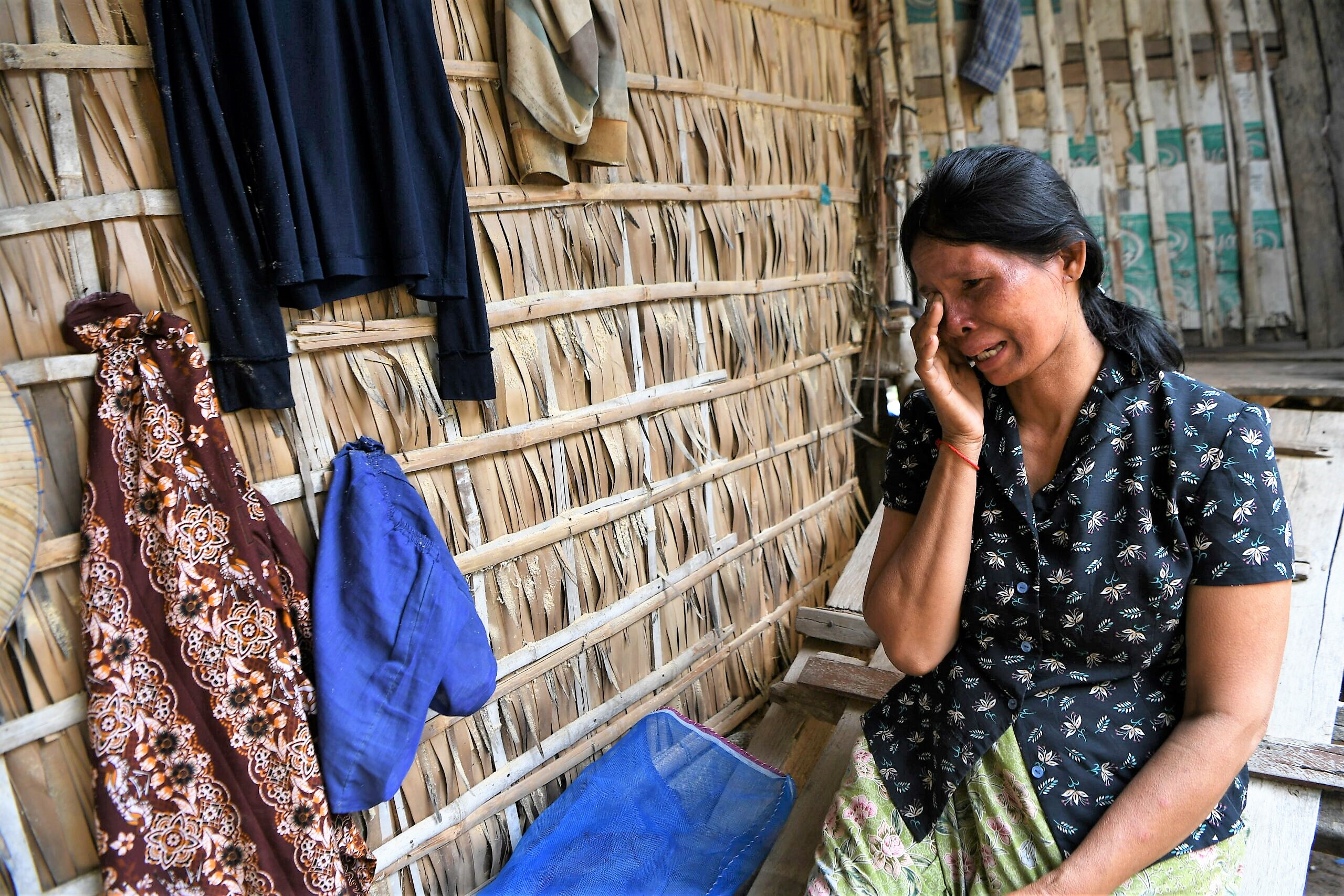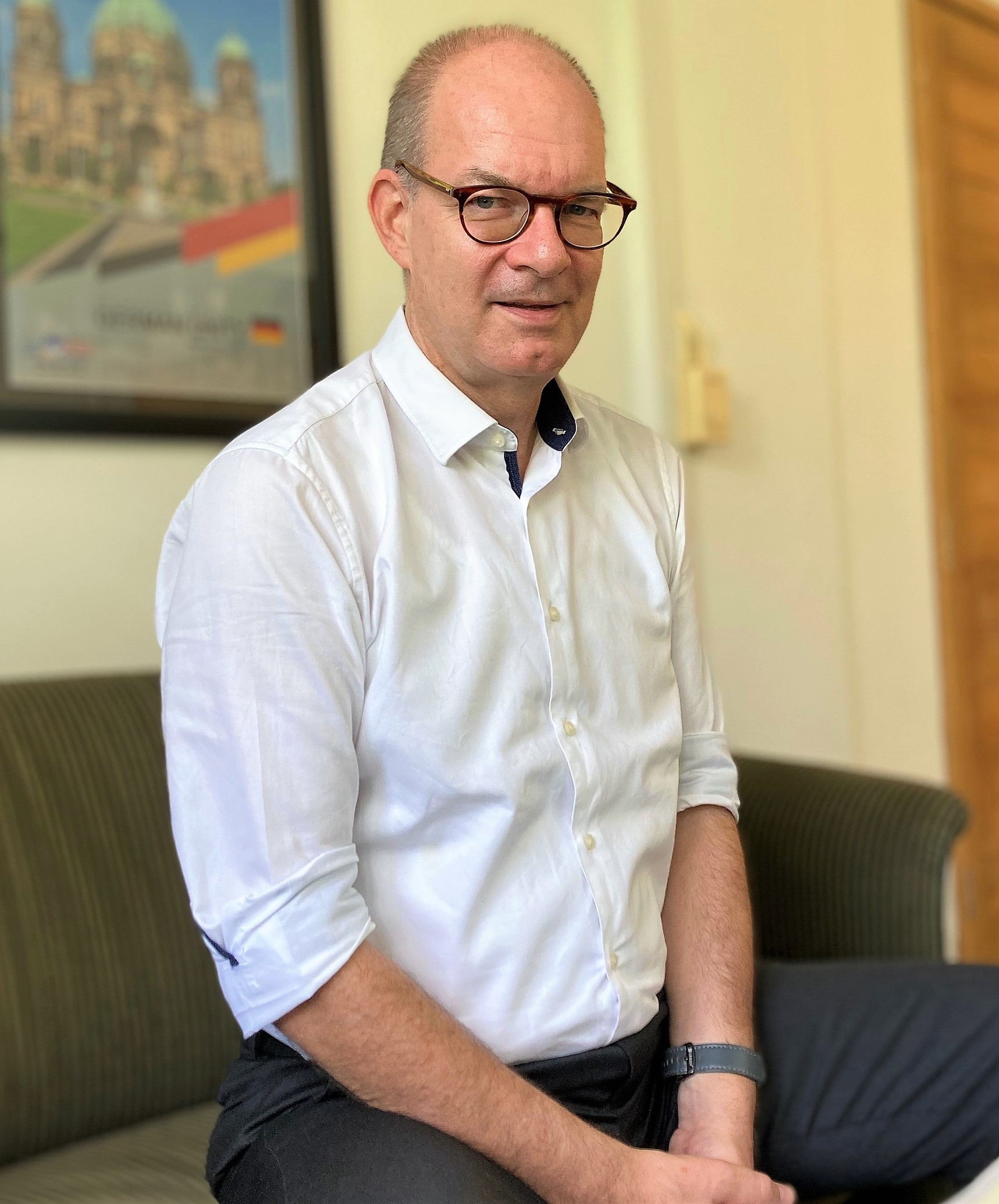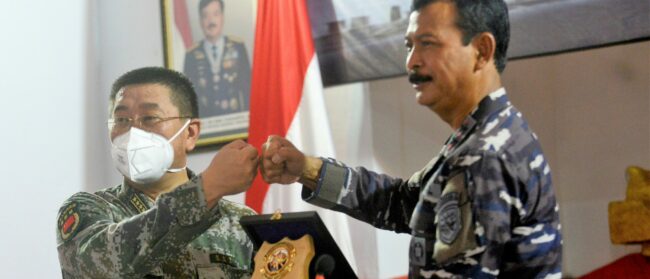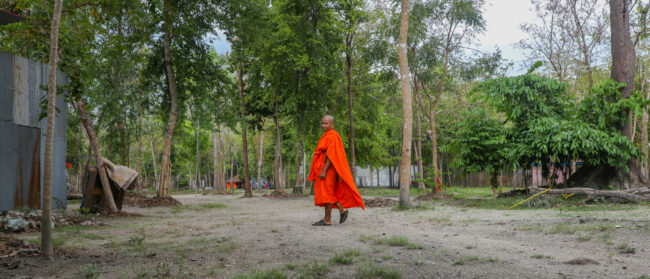Allegations of widespread industry abuse, overloaded debt and borrowers pressed to sell land in Cambodia’s rural communities have been around for years.
For the first time, a quantitative study by a large industry investor has detailed the extent of land sales in Cambodia caused by microfinance institutions, often referred to as MFIs.
The microfinance industry and its development investors, including financial institutions in other countries, downplayed previous reports of MFI loan consequences as biassed and anecdotal. But the study set to be released in August estimated more than 167,000 Cambodian families were forced to sell land to repay debt in the past five years.
The study sanctioned by the German government is the first scientifically rigorous and objective research by a large investor into the scale and root causes of the industry’s abuses in rural Cambodia, according to Jost Kadel, the German embassy’s deputy head of mission to Cambodia.
The study’s preliminary findings were released early to Southeast Asia Globe.
Sales linked to overindebtedness were the result of aggressive marketing and credit officers frequently granting large loans to Cambodia’s poorest residents, a practice contravening industry regulations, according to the German study’s lead author, Dr. Frank Bliss of the University of Duisburg-Essen’s Institute for Development and Peace.
While only a small proportion of borrowers lost everything, there were “definitely thousands” of borrowers who experienced “intolerable” consequences resulting from microloans, Kadel said.
“The study says, in short, we have an oversaturation of the market,” Kadel said. “We have the situation of overindebtedness here in Cambodia.”

The microfinance industry has been at the core of a development strategy by western nations since the 1990s. MFIs have evolved from humanitarian nonprofits to become massively profitable commercial businesses.
Overindebtedness resulting from loans issued by Cambodian MFIs is not news. But the scope has not previously been acknowledged by leading investors, including the German government’s Federal Ministry for Economic Cooperation and Development (BMZ), which sponsored the study.
Germany has invested more than $180 million in multiple MFIs and funds such as the Microfinance Enhancement Facility, a joint venture by the World Bank’s International Finance Corporation (IFC), German state-owned development bank Kfw and OeEB, the development bank of Austria, Kadel said.
A 2017 national study, sponsored by the industry-run Cambodia Microfinance Association (CMA) and several development investors, including BMZ, found up to 50% of borrowers were “at risk” of overindebtedness. The research was never published.
The new study arrives in the wake of an April decision by the IFC ombudsman to investigate six Cambodian microlenders for allegedly violating environmental and social standards. The report is part of additional scrutiny of MFIs by some investors following sustained advocacy campaigns by Cambodian human rights NGO Licadho and other groups.
Cambodia has received a disproportionate share of MFI investment from American, European and international development banks and private institutions. The Kingdom received the world’s highest amount of microloans per capita, according to NGO Licadho, reaping huge profits with potentially harmful consequences for the 2.7 million households with loans.
The study’s preliminary findings were presented in June to CMA, the National Bank of Cambodia, Credit Bureau Cambodia and leading microfinance industry executives.
Many development banks and international financial institutions contacted by Globe, including the IFC and Asian Development Bank, said they could not comment until the study’s publication. Swedish national development bank Swedfund said they took the findings seriously and expected clients to uphold their requirements.
“All CMA members have to comply with CMA’s Code of Conduct and Lending Guideline, a self-regulation, to ensure the customer protection and to prevent overindebtedness,” CMA Head of Communications Kaing Tongngy said.
The study’s strength and scientific rigour lie in its random sampling approach and anonymity, report author Bliss said. His team surveyed 1,388 households in 24 villages across six provinces including Battambang, Banteay MeanChey, Kampong Thom, Kampong Chhnang, Kampong Speu and Kampot.
Focus groups with village chiefs and residents elicited qualitative information about the repercussions of microloans, which the study found contributed to domestic violence, migration and child labour.
At least 770 households surveyed had an active loan and 964 households, or 70%, received loans between 2016 and 2021. Bliss based his estimates of more than 167,000 forced land sales, or 33,480 annually, on 61 of the households who reported they were forced to sell land to repay debt. He claimed not all of the 61 households were in “crisis” as a result of the sales.
Bliss concluded most of the borrowers surveyed were satisfied with their microloans, as 82.3% reported benefits including increased income from assets such as houses and land and “replacement of [a] previous loan.”
In contrast, 17.6% reported negative experiences with microloans including repayment problems, distressed sales and social challenges.

Kadel said some sales are “harmless” as owners are only forced to sell portions of their land.
The most severe consequences were “the exception to the rule,” he said, noting the study found a small number of cases in which borrowers became destitute after losing everything, although he acknowledged the severe cases would amount to thousands when taking the entire country into account.
“MFIs have driven land dispossession in Cambodia on a massive scale,” Licadho Outreach Director Naly Pilorge said. “This research, which comes too late for so many abused borrowers, is a wake-up call for these investors.”
Licadho and fellow NGO Equitable Cambodia (EC) documented consequences in a 2021 report, “Right to Relief,” which found borrowers generally sell land as a last resort under creditor pressure. MFIs almost never seize land through the courts, instead credit officers pressure borrowers to sell. But in one IFC-commissioned study, at least 45% of borrowers believed creditors would seize collateral for failing to repay.
“Many of the people we have worked with were forced to sell their land by coercion, threats, intimidation or because they were forced to get a loan to pay for services the government should have provided to them – like healthcare and education,” EC Executive Director Eang Vuthy said.
The microfinance industry disagrees. CMA’s Tongngy characterised the approach to debt collection by credit officers as “soft and supportive.”
Hattha, one of Cambodia’s largest microlenders, received at least $30 million from German development bank DEG and more indirectly from BMZ.
Hattha Bank Chief Risk Management Officer Chheng Sokun said the company promotes “the living standards and economic development of customers” and there was no proof Hattha was implicated in forced land sales.
DEG spokesperson Anja Strautz said 2021 figures show the bank financed around 113,000 small and medium enterprises, which she said are important employers and the driving force behind the private sector.
CMA claimed the study did not differentiate between debts stemming from microfinance and informal moneylenders. Bliss said microloans were the main driver of 81% of the land sales studied.
Credit officers determine the quality of cash flow assessments and can establish the appearance of successful loans by convincing clients to sell collateral or restructure loans, said W. Nathan Green, a National University of Singapore professor who has researched Cambodian microfinance.
Bliss found 110 families with microloans despite being classified as ‘ID Poor,’ meaning subsistence-level income. Those living at Cambodia’s poverty line earned under $1,000 annually, but more than a quarter of ID Poor borrowers had loans above $2,500. While borrowers can make poor decisions, credit officers should understand which clients cannot repay loans but appear to ignore the industry’s ethical guidelines to prevent debt, Bliss said.
“The possibility to get the land titles [as collateral] is a strong argument for some black sheep to not do cash flow assessment,” he said.
The most important steps Cambodia’s microfinance industry can take are immediately halting aggressive microloan marketing, providing financial literacy training and instituting some degree of debt relief and reparations for borrowers who received unethical loans, beginning with ID Poor families, Bliss said.
Licadho and other NGOs have advocated for widespread debt relief and compensation, along with the return of land titles taken by lenders as collateral, while noting the responsibility also rests on institutional investors.
“They have a moral obligation to immediately implement debt relief measures for distressed Cambodian borrowers and compensate borrowers who have been preyed upon by aggressive and predatory MFIs,” Licadho’s Pilorge said.
Yet Kadel said he worried debt relief could give borrowers licence to take on more harmful debt after avoiding harmful consequences.
Hattha’s Sokun said the bank restructured 22% of its loans as of May and is willing to restructure arrangements with ID Poor borrowers.
Bliss argued loan restructuring could exacerbate overindebtedness. Restructuring usually involves extending repayment periods while interest continues to accrue, making the loan more expensive. This contributed to some microfinance institutions earning record profits following the outbreak of the Covid-19 pandemic.
Instead of allowing microloans to cover consumer and social costs, the government needs to provide families with social insurance and direct welfare support, Bliss said.
“The finance sector is not a gift sector,” Bliss said. “You cannot expect the private sector will help you if you are poor.”
He claimed that despite their problems, microfinance companies have supported Cambodia’s rapid economic growth.
This is not a universal assumption. Political economist Milford Bateman pointed to massive garment sector employment, Chinese investment and surging remittances from migrant labour in countries including Thailand as more significant factors, masking the failures of the MFI industry.
The CMA’s Tongngy said the industry does not yet have specific data on its role in Cambodia’s economic growth during more than 25 years the organisation has operated.
“I think it is pretty obvious that the overall effect of microfinance on the economy is positive,” Kadel said. “But there might be intolerable collateral damage.”
Kadel said he personally doubted there would be further investment from Germany.
For Bateman, the land sales countered the purpose of the MFI mission of economic development: “If things were working well, we should really expect to see the poor acquiring more land, not losing it.”
Correction: This article was updated on 13 June to indicate the IFC ombudsman’s decision to investigate six Cambodian microlenders was made in April, not February.


